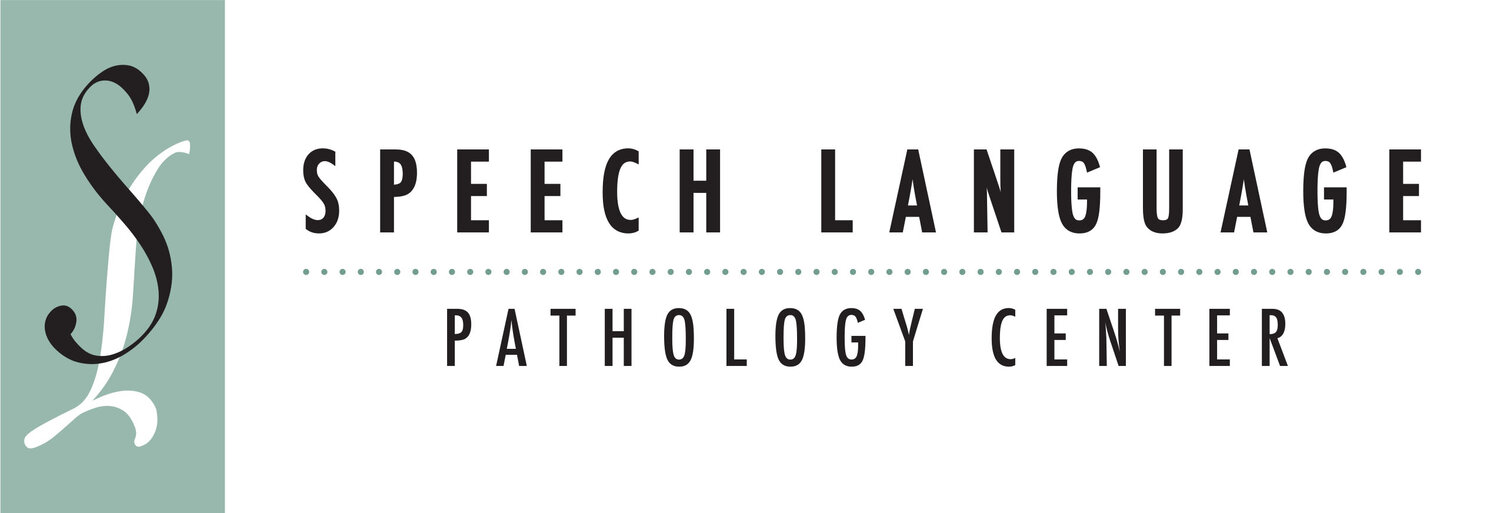Maybe your New Year’s resolution is to update your family’s toy closet, or you’re looking to use up gift cards left over from the holidays. Whatever the reason, we always encourage parents to purchase games that are not only fun, but also encourage speech and language development! Below are our top five toys for speech and language development, many of which can often be found at local garage sales or consignment shops.
Melissa and Doug Reusable Sticker Sets
Image via yoyo.com
At five dollars each, these are quite a bargain! Each set contains several picture scenes and stickers to use with each background. These are great for encouraging vocabulary development, requesting, following directions, and understanding or using prepositions such as in, on, and under. Our favorites are the Play House and Habitats sets. Suitable for children ages 3 and older.
What’s in the Cat’s Hat? by I Can Do That Games
Image via amazon.com
If you’re looking for a game that is never predictable and will help promote higher-level language, this game is for you. Players take turns choosing an item from the room to hide in the cat’s hat. Then, other players ask questions (with help from picture cards) to try to figure out what’s inside the hat. This game is great for working on answering and asking questions, using descriptive language, deductive reasoning, and memory. Suitable for children ages 3 and older.
Baby dolls
Image via toys.about.com
Many children love to care for babies, and it’s also a great toy for expanding language and play skills. At the SLP Center, our baby doll includes a tub and items for bathing and feeding the baby. Baby dolls are versatile and can help work on many different skills, including: vocabulary, following directions, labeling actions, understanding functions of items, and sequencing. Suitable for children ages 1 and older.
Critter Clinic by B. Toys
Image via target.com
Another versatile game, the Critter Clinic is a favorite of many of our clients! This veterinary set comes with a stuffed dog and cat, but you can hide any toys from your own collection in the various doors. This is a great game for more simple language (e.g., requesting “open” or “help”), as well as more complex language. Like the baby doll, the Critter Clinic provides ample opportunities for pretend play and the language that comes with it. We also like to hide objects that contain the sounds our clients are working on! Suitable for children ages 2 and older.
Play food
Image via creativeacademics.com
We enjoy using food sets from Melissa and Doug, such as their pizza set and cookie set, but our clients also love going “grocery shopping” with our other play food! This is another toy that encourages sequencing skills (e.g., making a shopping list, choosing food, taking it to the cashier, and paying). Playing with food can also support development of the following language skills: requesting, vocabulary development, asking and answering questions, labeling actions, using descriptive language, and conversational skills. We also target our clients‘ sounds with foods containing those sounds. If they are working on the “s” sound, why not go shopping for soup, salad, sandwiches, and salmon? For even more play ideas, try pairing the play food with a local grocery ad or a real cooking experience! Suitable for ages 2 and older.
We hope you’ve enjoyed hearing about our favorite toys, and we’d love to hear about some of your favorites! Happy playing!
Disclaimer: No products or financial incentives were provided by the makers of these toys, and there is no relationship (financial or otherwise) between the SLP Center and the above toy companies.





























